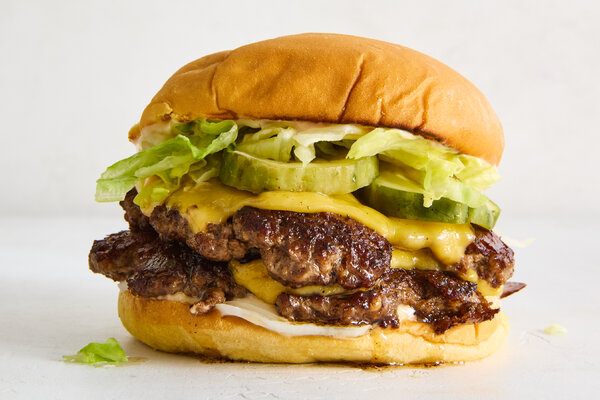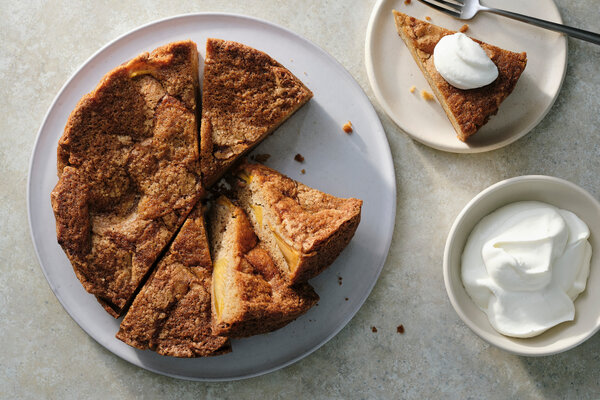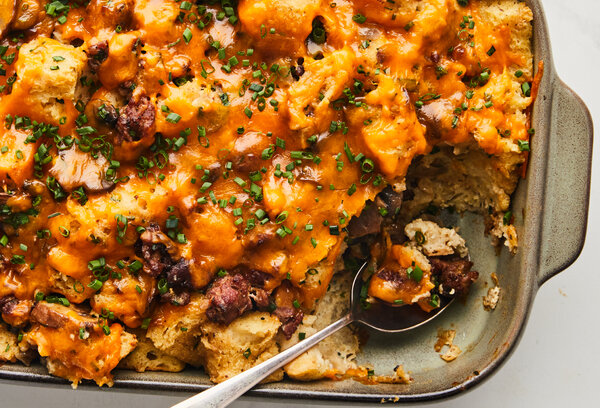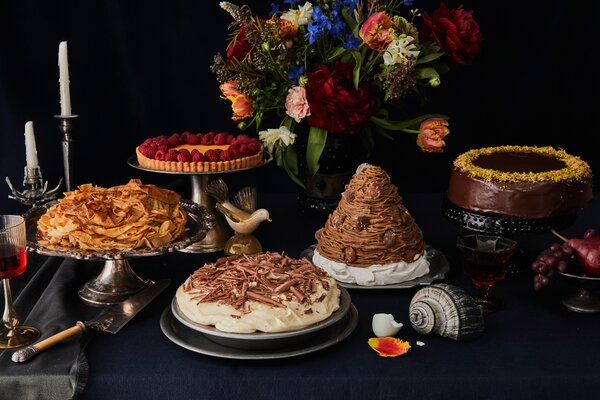The cookbook author Kenji López-Alt knows burgers inside and out. Here are his nonnegotiable rules for success.
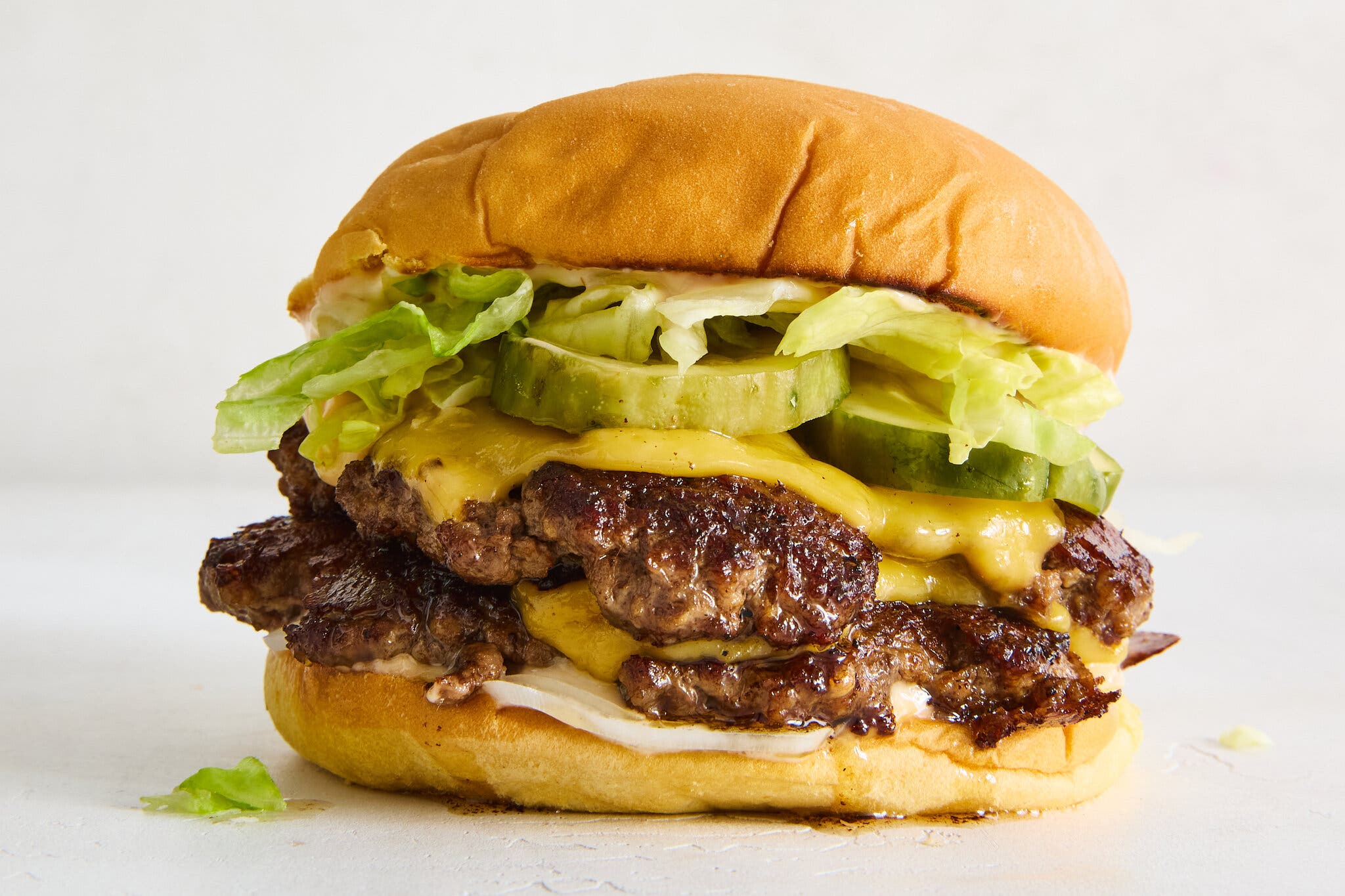
One tip: Cooking thinner burgers largely on one side helps with their browning and flavor.Ryan Liebe for The New York Times. Food Stylist: Simon Andrews.
As a professional chef, food writer and cookbook author, I’ve spent the last two decades of my career rigorously researching and testing recipes, techniques and widely accepted kitchen wisdom to fire out the whys of cooking.
Over this time, I’ve operated multiple burger joints and even wrote a monthly column for Serious Eats called the Burger Lab, in which I isolated and tested every possible variable that can affect the flavor and texture of a burger.
You know what I found? With good seasoning, a nice hot fire and a well-dressed bun, even a frozen precooked burger patty can end up tasting decent. But that doesn’t mean you can’t aim for something better.
By The New York Times Cooking
Here are the most important tips I’ve found for optimizing your burger experience, whether in the backyard or the kitchen.
1. Use a Light Touch
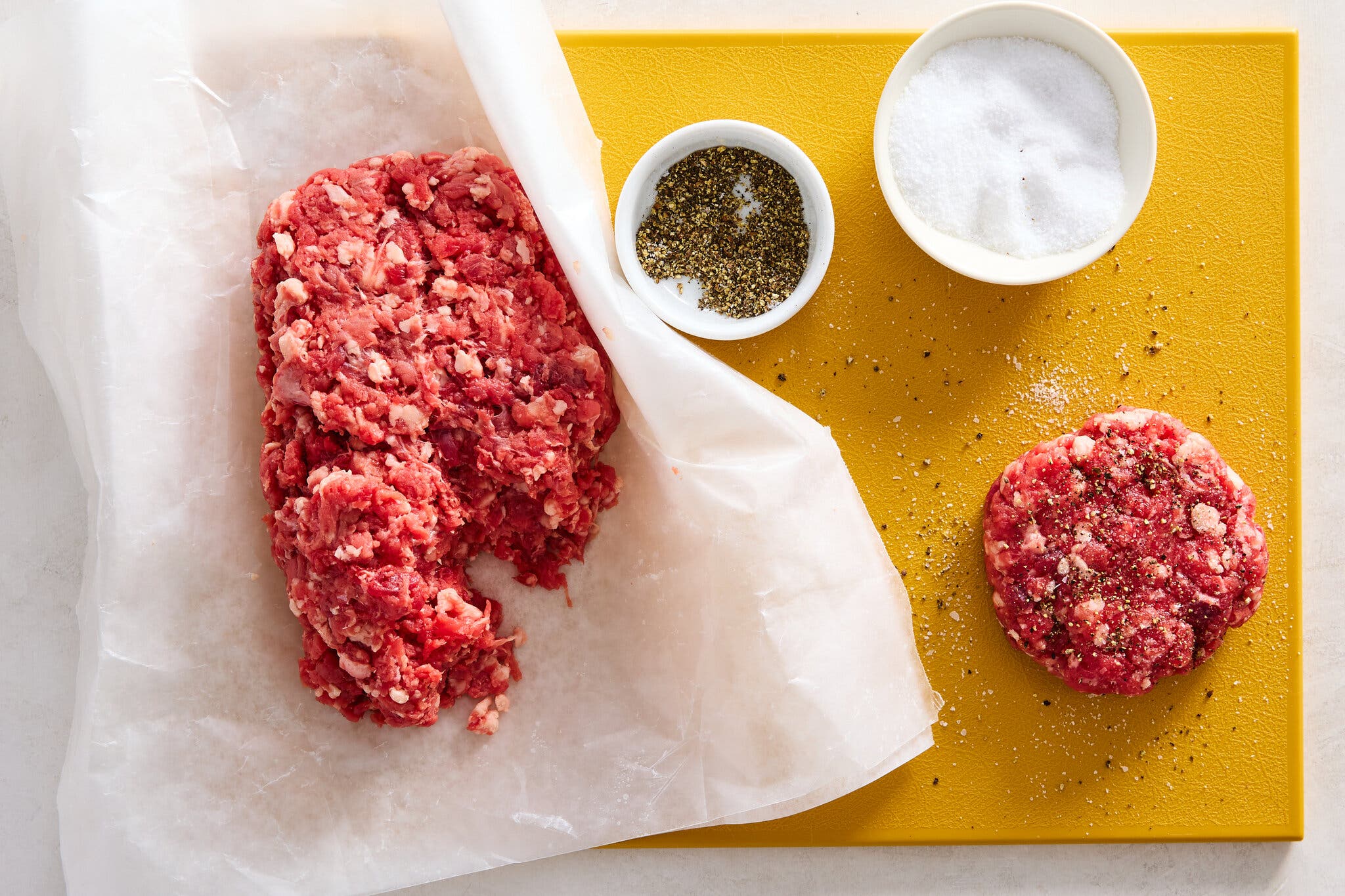
Working ground beef too much can cause it to become dense.Ryan Liebe for The New York Times. Food Stylist: Simon Andrews.
Ground beef is an amalgamation of proteins, fat and water: The more you work or knead it, the more those proteins tend to bond, forming a protein matrix that adds chewiness and structure. In bread, this can be a good thing, but with burgers, overhandling can create an unwanted dense texture. (Incorporating extenders, like eggs or breadcrumbs, or extra seasoning, like onions and herbs, also forces you to overwork the meat and distract from the beef flavor, so skip it.)
2. Leave the Salt Outside
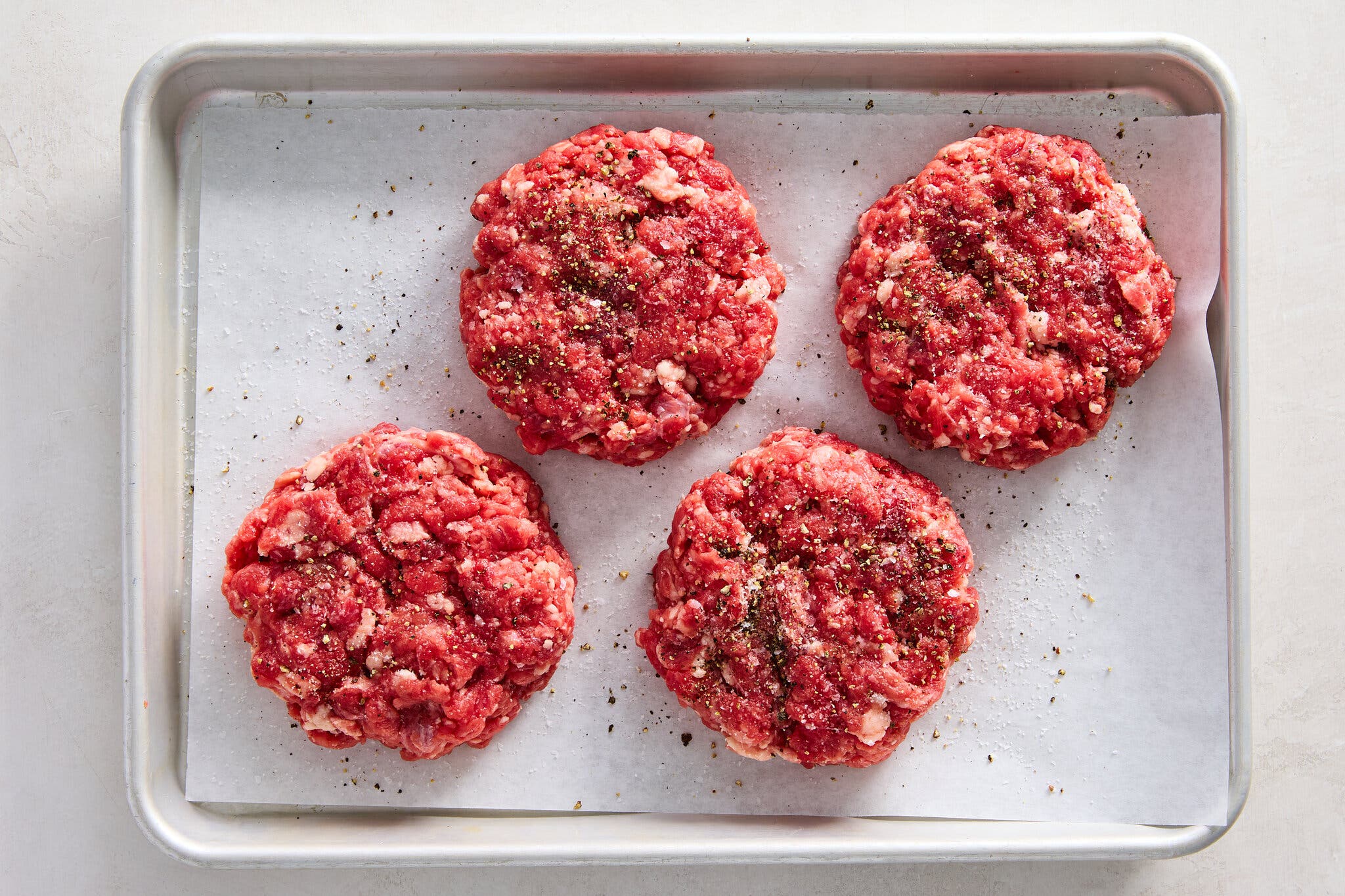
Salting the outside of your patties keeps their texture lose and tender.Ryan Liebe for The New York Times. Food Stylist: Simon Andrews.
Salt breaks down muscle proteins and helps them to link up more easily. This is a good thing in sausages, which should have a firm texture, but with burgers, you want looseness. A burger should be tender, with plenty of pockets for juices and rendered fat to collect. Seasoning only their exteriors ensures optimal texture and gives your burgers a nice salty crust to bite into.
3. Be Sure to Brown
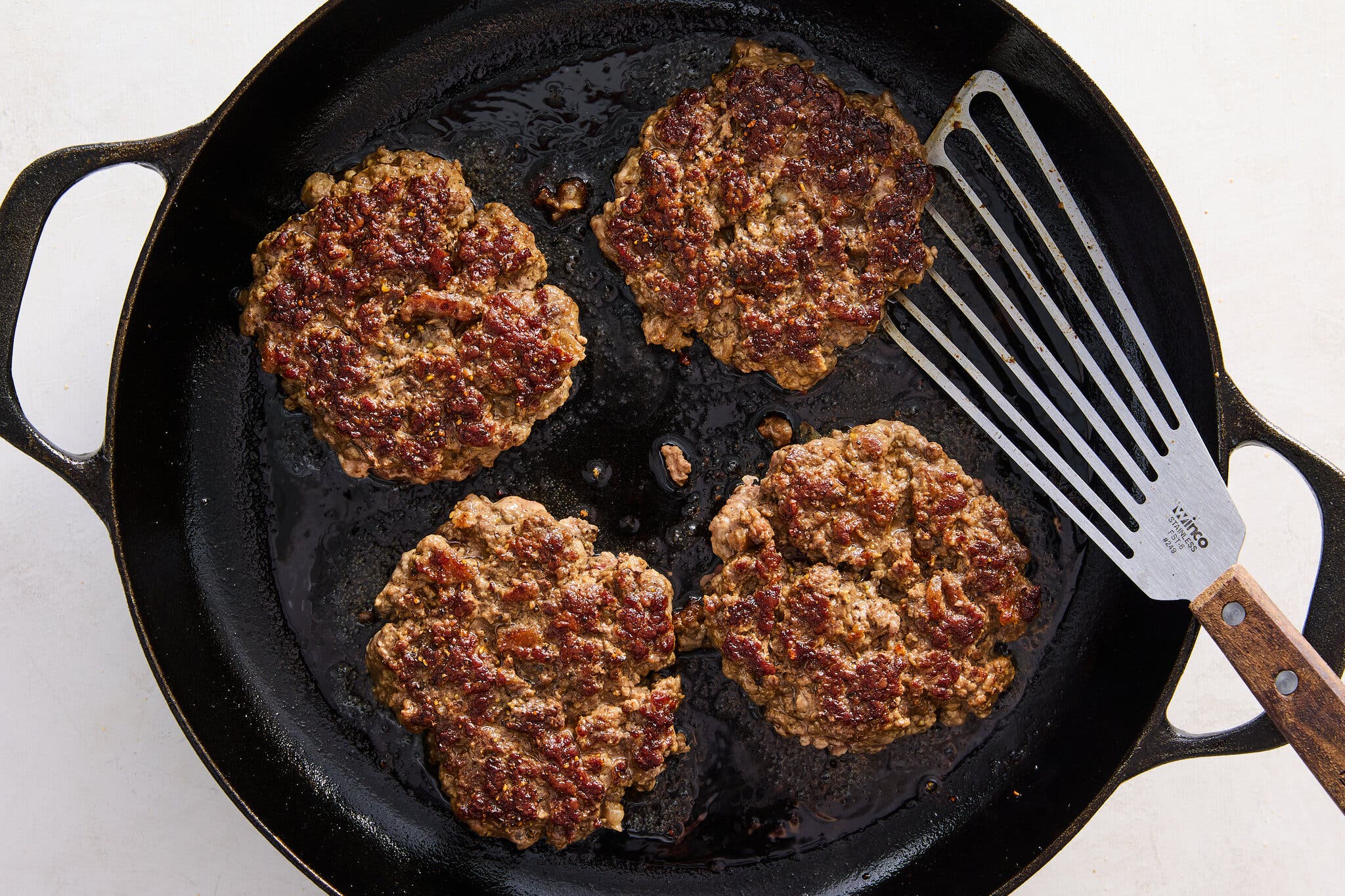
Browning your patties deeply maximizes flavor.Ryan Liebe for The New York Times. Food Stylist: Simon Andrews.
Whether you’re making a big burger on the grill or a crisp-edged smash burger on a griddle, browning is flavor, and high heat is key. For thicker grilled or griddled burgers, wait until your pan or grill is hot before adding the patties, and cook them until they’re well browned on both sides. For thinner patties or smash burgers, I let them spend most of their time on their first side, so they cook almost all the way through and develop a deep brown crust, before flipping and cooking the second side for just a moment. This maximizes flavor while maintaining juiciness.
4. Have Your Buns Ready
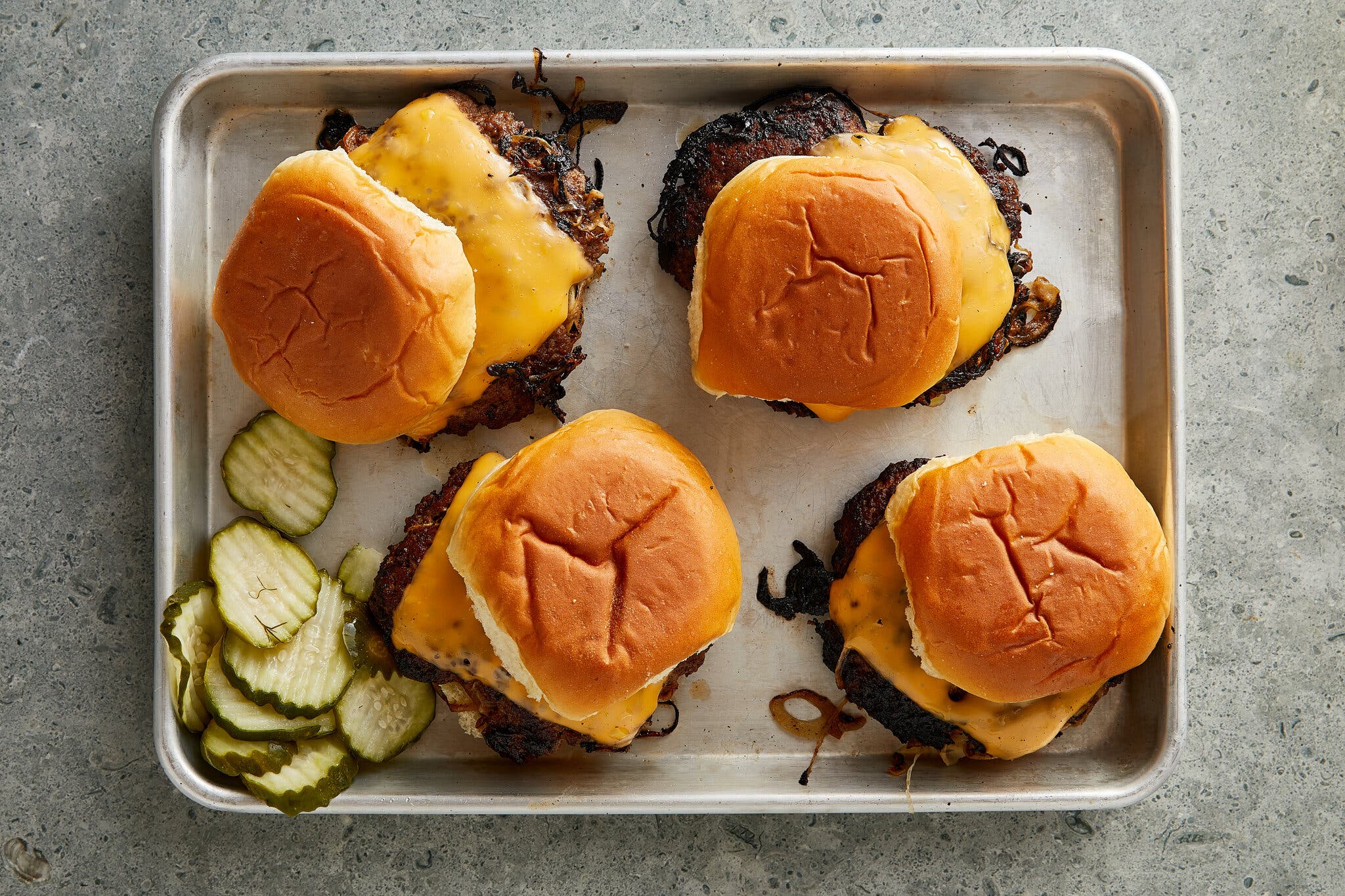
Preparing your buns ahead of time lets you get to eating so much faster.Bryan Gardner for The New York Times. Food Stylist: Barrett Washburne.
Don’t let your patties sit around on the cutting board (or worse, a steam table). Burgers are at their best fresh from the fire, before any juices have had a chance to drip out. Instead, make sure your buns are toasted to minimize time between cooking and scarfing.
Follow New York Times Cooking on Instagram, Facebook, YouTube, TikTok and Pinterest. Get regular updates from New York Times Cooking, with recipe suggestions, cooking tips and shopping advice.


